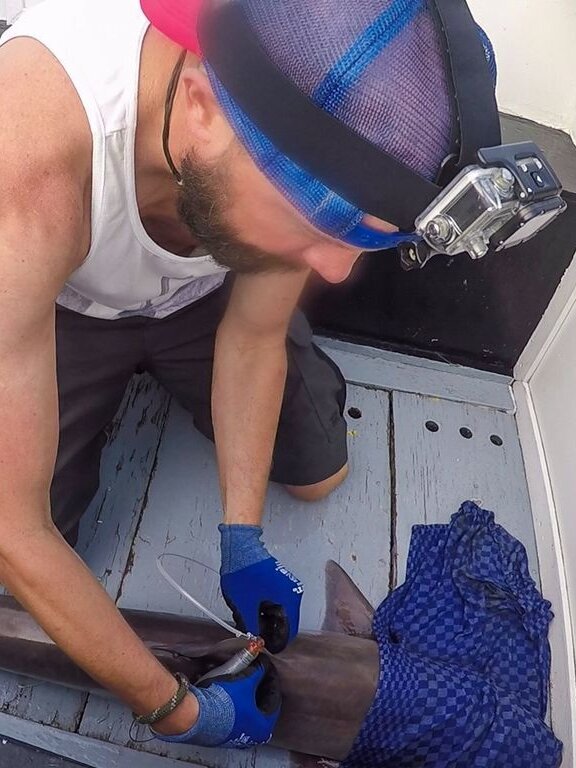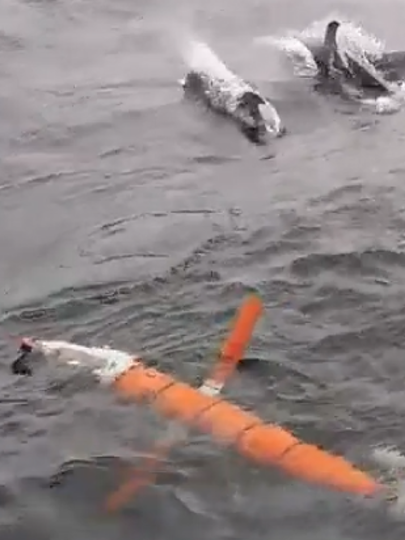Monitoring biotic and abiotic parameters of the marine environment is crucial for our understanding of marine ecosystems and how they are affected by humans. Parameters are measured at different scales and with different techniques. In addition to monitoring physical parameters such as temperature and salinity, modern, increasingly non-invasive and automated methods are used to record both physical and biological environmental parameters as well as to characterize the spatial and temporal distribution patterns of marine organisms - from plankton to top predators.
In our research unit we focus on the application and further development of such novel methods to improve the quality of observations and thus our process understanding. Ship-based hydroacoustic monitoring of pelagic ecosystemsprovides abundance indices as an important contribution to the ICES fish stock assessments , and in addition, high-resolution and area-wide distribution data of fishes etc. Here, we use a broad array of hydroacoustic equipment including multi-frequency and broadband echo sounders, stationary echo sounders, ADCPs, sonars and many more. A new field of research is the combination of hydroacoustic and optical sensors, allowingtaxonomic identification/optical groundtruthing, and size classification of the measured organisms. Automated and autonomous stationary and mobile (so-called AUVs) platforms are increasingly used. With satellite-based remote sensing methods we investigate regional oceanographic phenomena as well as migration, distribution and behaviour of top predators (sharks, tuna, marine mammals).
In order to identify the influence of environmental parameters such as temperature and salinity on fish and their distribution patterns, as well as to distinguish between climate related changes, natural variability and human impact, we are maintaining long-term observation programs, develop new observation strategies and measurement methods and apply results of drift models and complex statistical analyses. Coupled biophysical models help us to better understand the relationships between marine physics and marine biology. The observation, modelling and prediction of governing processes is one of the important tasks of our research group. For example, our model scenarios projecting climate change up to the middle of the 21st century and beyond show a global redistribution of marine species and a decline in marine biodiversity for many regions.

![[Translate to English:] [Translate to English:]](/media/_processed_/7/1/csm_IMG_7977_large_1defaf5de1.jpg)













